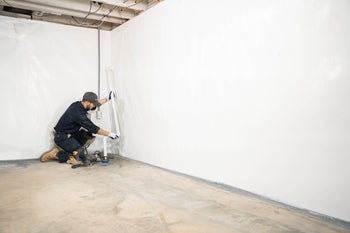The Ultimate Guide for Basement Waterproofing in Canada

If you’re dealing with a damp, leaky, or musty basement, you’re not alone. Many Canadian homeowners face basement moisture issues due to heavy rainfall, melting snow, and fluctuating temperatures. The good news? You can waterproof your basement and protect your home from costly water damage.
This guide will walk you through everything you need to know about basement waterproofing, helping you make informed decisions to keep your home dry and safe.
What is Basement Waterproofing?
Basement waterproofing is the process of preventing water from entering your basement. It involves various methods, such as sealing cracks, improving drainage, and installing waterproofing systems. Effective home waterproofing ensures a dry, healthy living space while protecting your home’s foundation from structural damage.
Types of Basement Waterproofing
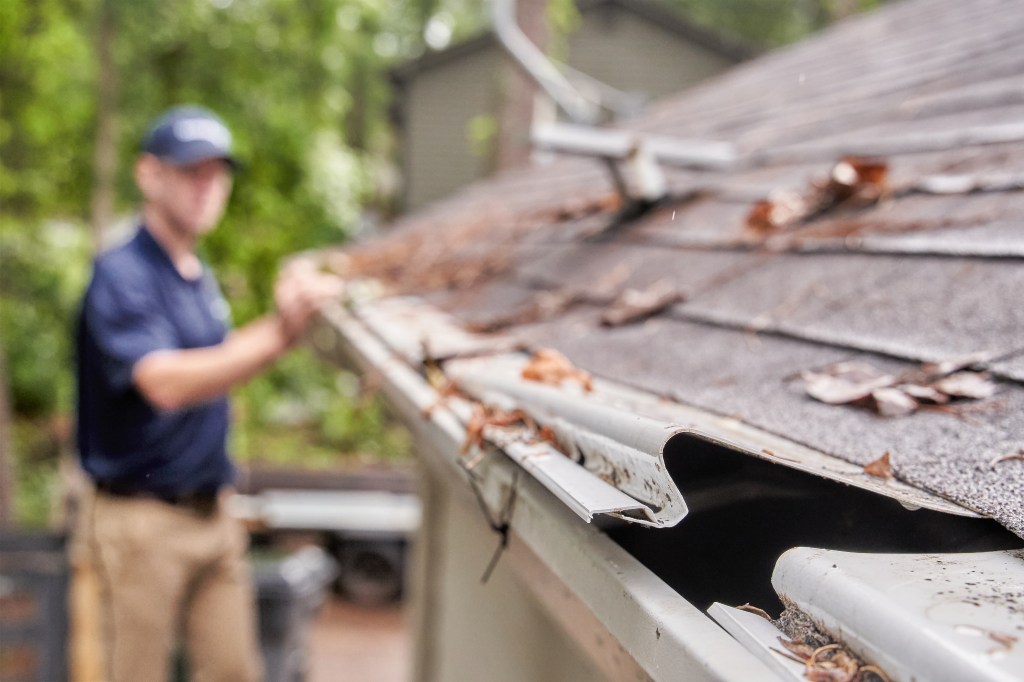
- Interior Basement Waterproofing: Manages water that enters your basement using drainage systems and sump pumps.
- Exterior Waterproofing: Temporarily prevents water from penetrating basement walls by sealing the exterior foundation.
- Drainage Solutions: Includes weeping tiles and discharge lines to direct water away from your home.
Signs You Need Basement Waterproofing
There are several early warning signs you may lack a properly waterproof basement. Keep an eye out for:
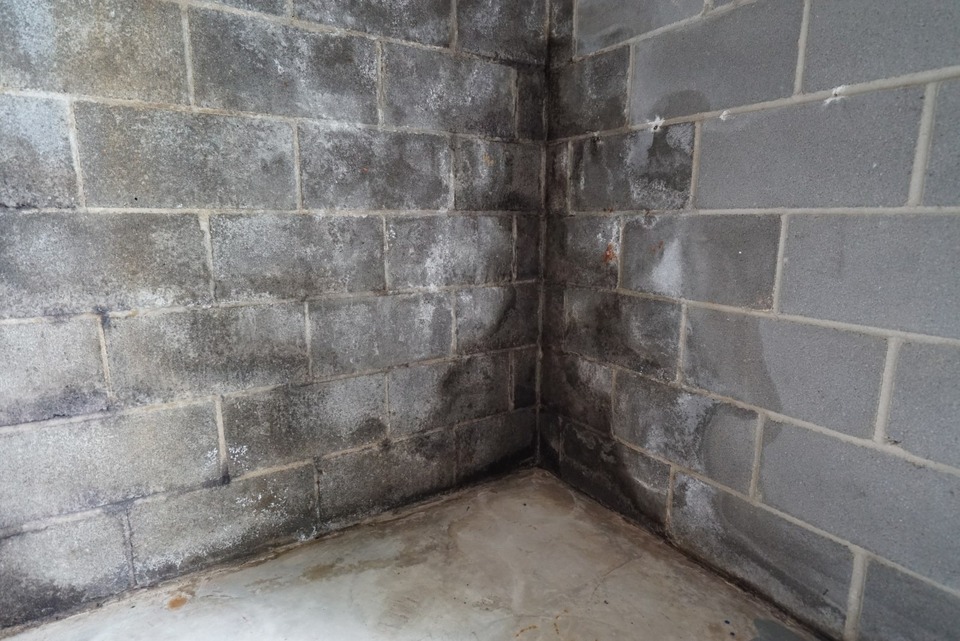
- Musty odors or mold growth
- Water stains on walls or floors
- Cracks in foundation or basement walls
- Peeling paint or efflorescence (white, chalky residue)
- Pooling water or damp carpet
- Damp, humid atmosphere in basement
If you notice these signs, it’s time to consider waterproofing your basement.
Common Causes of Basement Water Issues
Understanding why water enters your basement can help you prevent future problems. Here are some common causes:
Poor Drainage
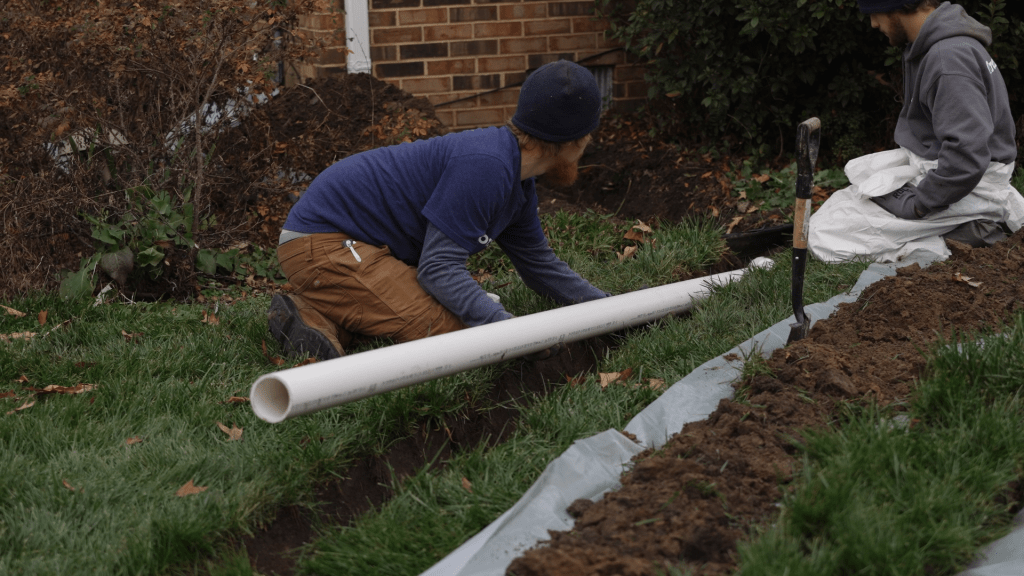
When water isn’t properly directed away from your home, it can accumulate around the foundation and seep into the basement. Poor drainage can result from clogged or improperly placed gutters, short downspouts, or grading that slopes toward the house instead of away. Without a proper drainage system, excess water has nowhere to go, increasing the risk of leaks and flooding.
Cracks in Foundation
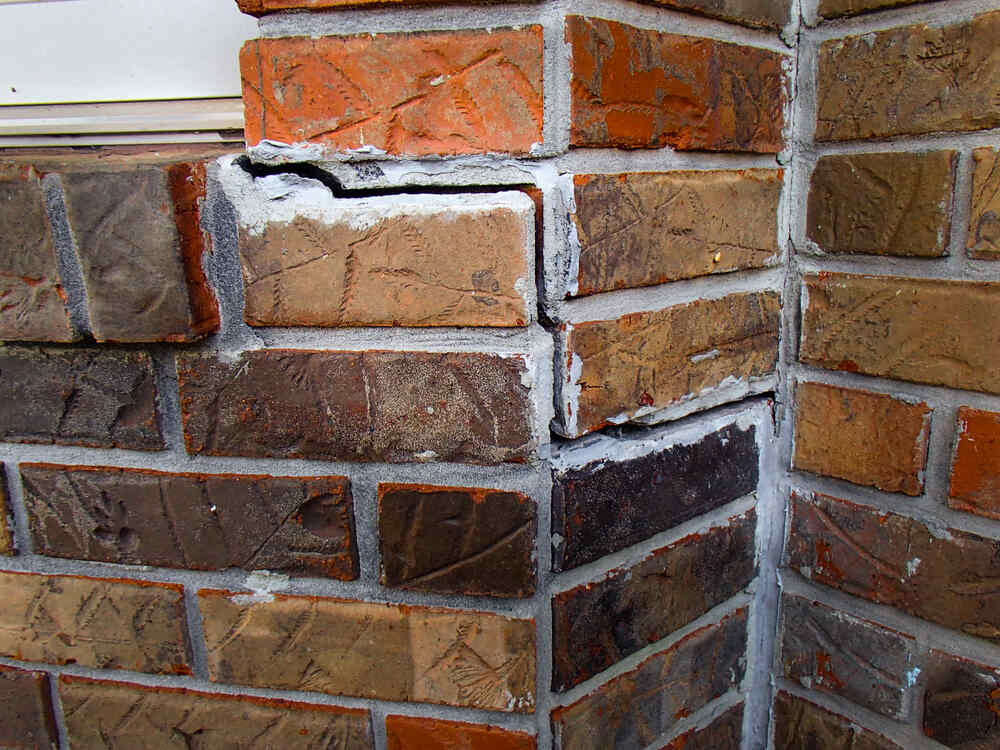
Over time, foundation walls and floors can develop cracks due to settling, soil movement, or other sources. Even small hairline cracks can allow water to seep through, leading to moisture buildup, mold growth, and structural issues. If left unsealed, these cracks can expand, worsening basement water problems and potentially compromising the integrity of the foundation.
Hydrostatic Pressure
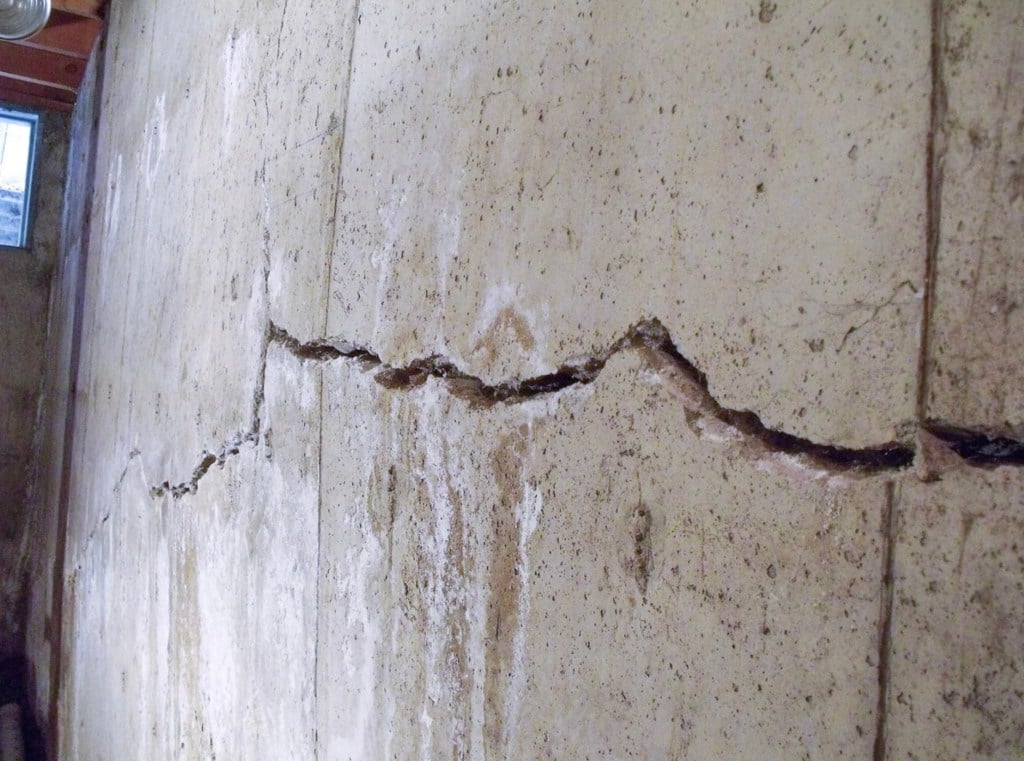
When the soil around a home becomes saturated, water exerts pressure against the foundation walls, known as hydrostatic pressure. This force can push water through even the smallest cracks in concrete. Over time, excessive pressure can lead to bowing walls, leaks, or even structural failure, making proper drainage and waterproofing crucial in preventing basement flooding.
Heavy Rainfall & Snowmelt
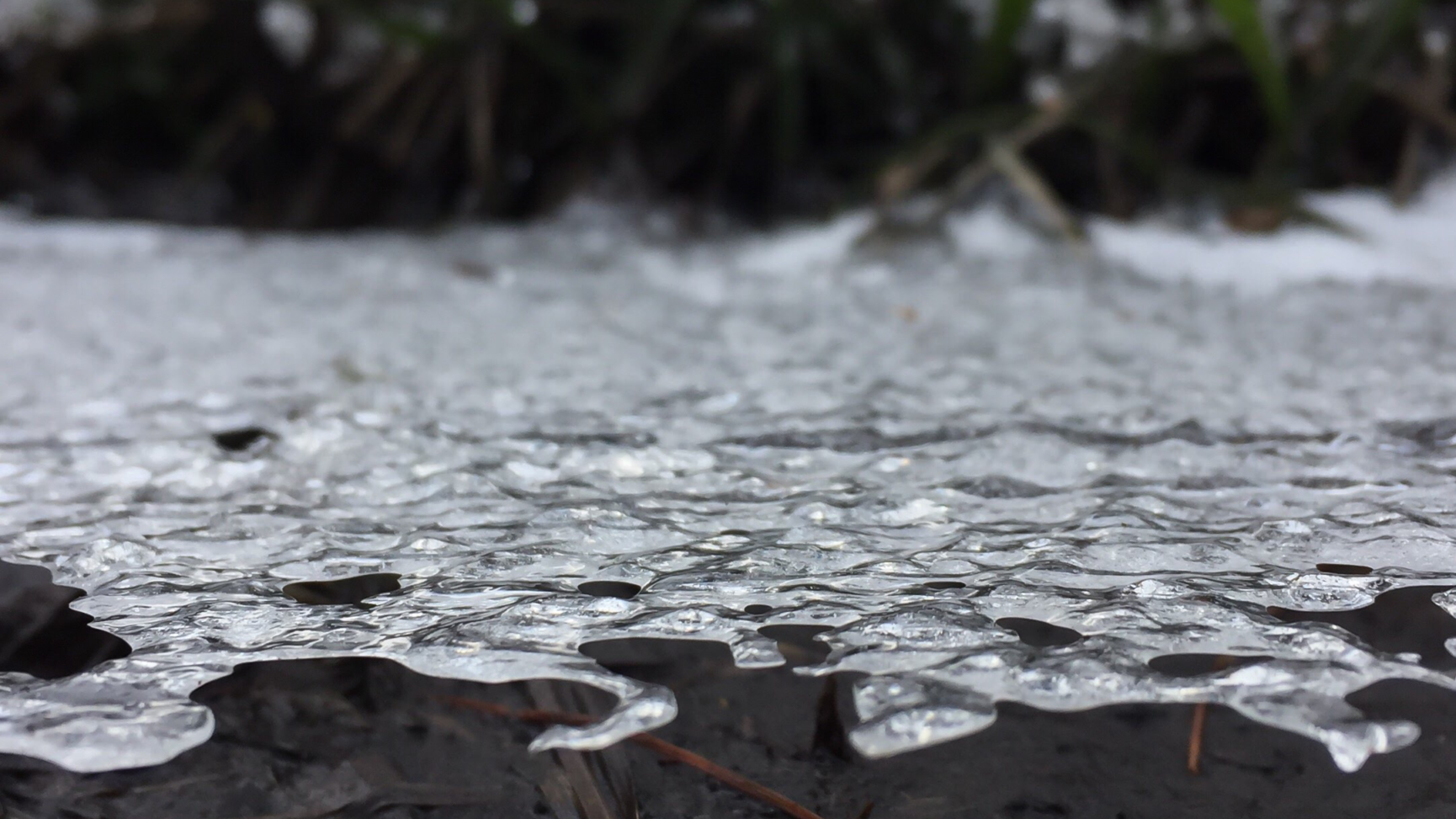
Canada is no stranger to long, wet winters. Periods of heavy rain or rapid snowmelt can overwhelm the ground’s ability to absorb water, leading to pooling around the foundation. If drainage systems are inadequate or the soil is already saturated, water can seep into the basement through cracks, porous walls, or window wells. The risk is even higher in homes with poor grading or aging waterproofing systems.
Home Waterproofing: Prevention & DIY Tips
Homeowners who suspect a wet basement can start with a few simple DIY inspections to identify potential problem areas. Begin by checking for visible cracks in foundation walls and floors, as even small openings can allow moisture to seep in. Look for signs of water damage on basement walls. Inspect gutters and downspouts to ensure they are clear of debris and directing water at least 6 feet away from the foundation. Also, examine the grading around your home—if the soil slopes toward the house instead of away, water may be pooling near the foundation.
While a DIY inspection can help identify some red flags, hiring a professional is the best next step to determine the root cause of basement water issues. Experts use advanced tools to detect hidden leaks and assess the extent of water intrusion. They can also evaluate the home’s drainage system, foundation integrity, and other risks to recommend effective solutions for waterproofing basements.
How to Waterproof a Basement
Keeping a basement dry requires a combination of effective waterproofing solutions tailored to the home’s specific needs. Below are some of the most common basement waterproofing solutions and how they work:
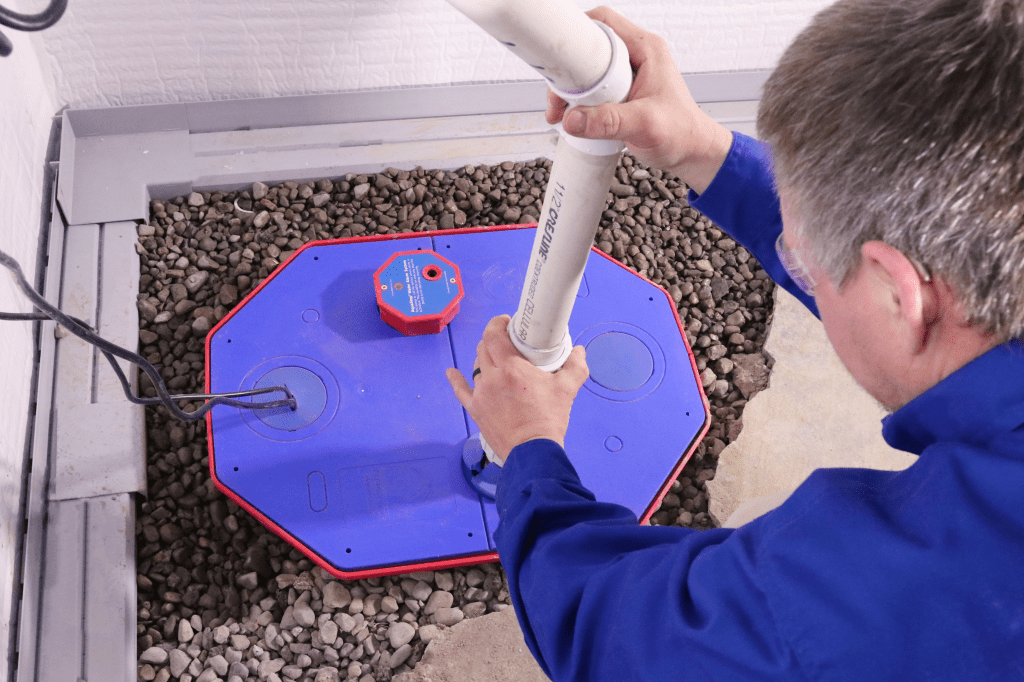
- Sump Pumps: Installed in a sump pit at the lowest point of the basement, sump pumps collect and pump out excess water before it can flood the space. When groundwater levels rise, the pump activates automatically, redirecting water away from the home through a discharge pipe.
- Interior Drainage Systems: Also known as French drains, these systems are installed along the perimeter of the basement floor to collect and channel water to a sump pump. They prevent water from seeping through the foundation and help manage hydrostatic pressure.
- Vapor Barriers: Heavy-duty plastic sheets are effective in waterproofing basement walls from the inside. Vapor barriers help control humidity, prevent mold growth, and improve overall air quality in the basement.
- Dehumidifiers: These devices remove excess moisture from the air, preventing condensation, mold, and musty odors. A high-quality basement dehumidifier helps maintain a dry and comfortable environment, especially in humid climates or during warmer months.
Get Expert Help: Free Evaluation & Next Steps
If you’re unsure about the best solution for your home, professional waterproofing specialists can assess your basement and recommend the right approach.
Why Choose Professional Basement Waterproofing?
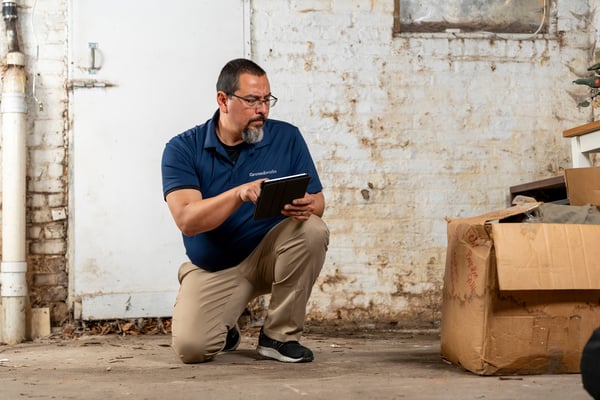
- Accurate diagnosis of water intrusion issues
- Long-term solutions with warranties
- Advanced techniques and materials
Get a Free, No-Obligation Assessment
Still unsure about waterproofing your basement? Our experts can evaluate your home and provide a tailored solution. Contact us today to schedule your free consultation and take the first step toward a dry, healthy basement.
Protect your Basement with Groundworks
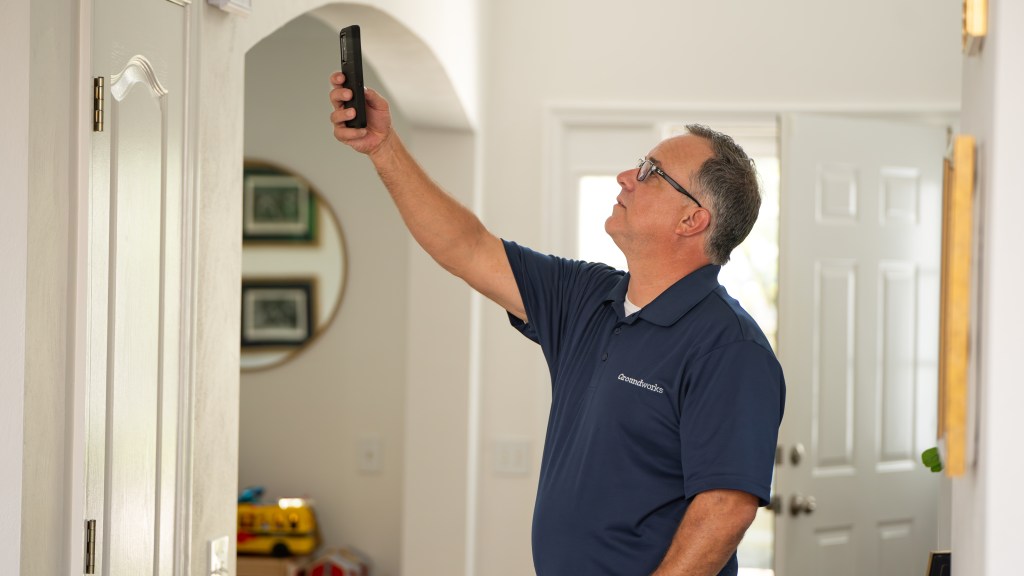
Waterproofing your basement is a crucial investment in your home’s safety and value. Whether you opt for interior basement waterproofing, drainage solutions, or full-scale exterior waterproofing, taking action today can prevent costly repairs down the line.
Don’t wait until a small leak becomes a big problem—start protecting your home now! Contact Groundworks today to schedule a free inspection.
